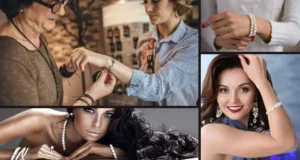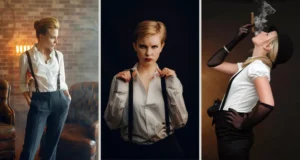Wearing binkies has become a widespread trend for girls attending rave parties and electronic music events. While sucking on a binkie may sound childish, for girls partaking in the rave scene, binkies have numerous benefits and meanings behind their usage.
Beyond expressions of youth and innocence, binkies serve purposes ranging from handling drug effects to participating in rave culture to enjoying sensory pleasures.
For many girls, having a binky in their mouth at a rave enhances their experience by fulfilling practical needs, matching the aesthetics of the environment, and facilitating participation in rave-related movements and rituals.
The habit of wearing binkies first arose to manage the side effects of drugs commonly used at raves. However, it quickly grew beyond just relieving teeth grinding to take on cultural and stylistic associations within the rave world.
Why do girls wear binkies to rave?
To manage drug side effects
Girls wear binkies or binkies at raves mainly to manage drug effects. Drugs like MDMA used at raves cause jaw clenching and teeth grinding. This provides stress on a person’s jaw and teeth.
Binkies offer girls an outlet for their jaws. Sucking and biting on a binky gives their jaws something to hold onto. This helps reduce teeth grinding and stress on girls’ jaws caused by drug effects.
By managing these side effects, binkies help girls stay comfortable and enjoy the rave experience.
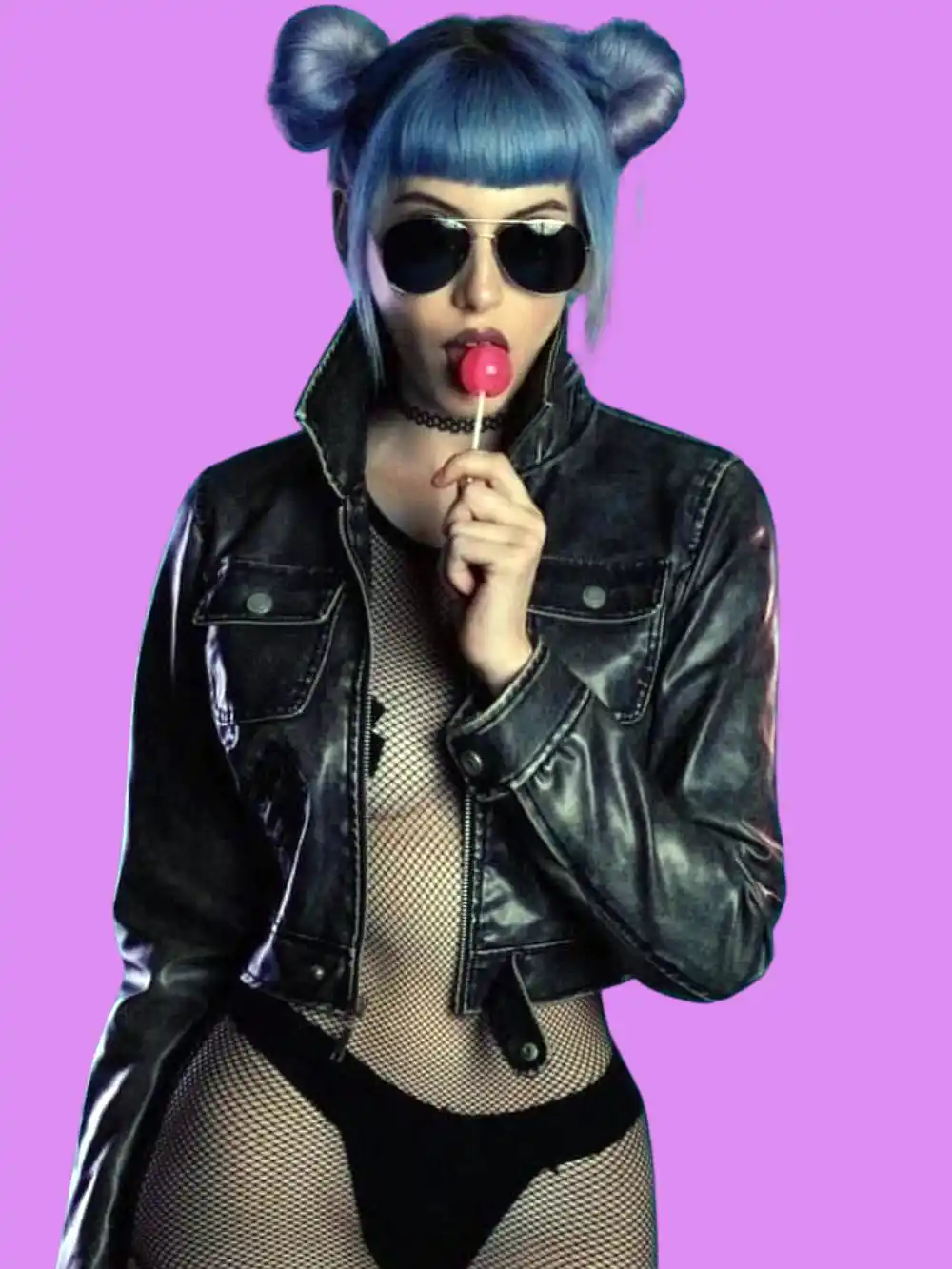
As part of rave culture
Many girls choose to wear binkies or binkies at raves because they have become part of rave culture. For years, girls have been using binkies as an accessory during raves.
Girls want to show they are part of the rave scene. Their use matches the playful, carefree vibe at raves. The innocent look of sucking on a binky fits the childlike wonder feel that rave culture tries to make.
Girls wear binkies as a symbol. It helps create the imagery of escaping grown-up worries. They become one-way girls show others they truly enjoy being part of rave culture.
For sensory stimulation
Many girls choose to wear binkies at raves for the sensory experience. Sucking and biting down on a binky provides tactile and oral stimulation. The rubber’s taste and feel and repeated motions stimulate girls’ senses.
The rhythmic sucking can produce a soothing effect that helps girls relax and enjoy the rave. For girls seeking sensory experiences, binkies provide constant sensations that match the intensity and stimulation of the rave environment.
The repeating motions and sensations give girls an outlet for their stimulated senses.
For aesthetic reasons
Many girls wear binkies at raves for aesthetic reasons. Binkies match the playful, fun vibe often aimed at raves. The innocent look of a girl sucking on a rubber binkie fits the childlike wonder aesthetic that many raves try to create.
Binkies symbolize being young at heart and carefree. Wearing a binky visually expresses girls’ desire to escape adult responsibilities and stress. Binkies represent girls feeling imaginative and living in the present moment.
They help girls visually portray the whimsical, joyful themes of many rave events and settings.
For practical reasons
Girls wear binkies at raves for some useful reasons. Binkies make it simple for girls to drink water during long rave nights. Girls can easily suck water through a binky without removing it. This helps keep girls hydrated.
Binkies also protect girls’ teeth. The constant biting and grinding caused by drugs can severely hurt teeth and jaws. By providing something softer to bite on, binkies reduce this damage.
They help safeguard girls’ teeth and jaws while keeping them high. Binkies offer practical benefits that allow girls to party longer and be safer.
While dancing
Some girls wear binkies while dancing at raves. Girls perform various types of dances involving objects like glow sticks. This is called object manipulation.
Drugs can make jaws clench involuntarily during these intense dances. The motions and rhythm cause urges to chew and bite. Binkies give girls something soft to hold with their jaws while dancing. This satisfies their biting needs.
Binkies keep jaw motions going in a useful way. Girls can focus their minds and energy on the dance. Binkies provide an outlet for drug-induced jaw urges during intense rave dances.
For cultural diffusion
The habit of wearing binkies at raves grew through cultural spreading. Some girls started using binkies for drug effects or aesthetics. Other girls saw this trend. Imitating this fashion spread the idea.
More and more girls adopted binkies. This process, where a culture spreads through a population, is called cultural diffusion. The binky trend diffused throughout the rave community.
Wearing binkies has now become ingrained in rave culture through this cultural diffusion.
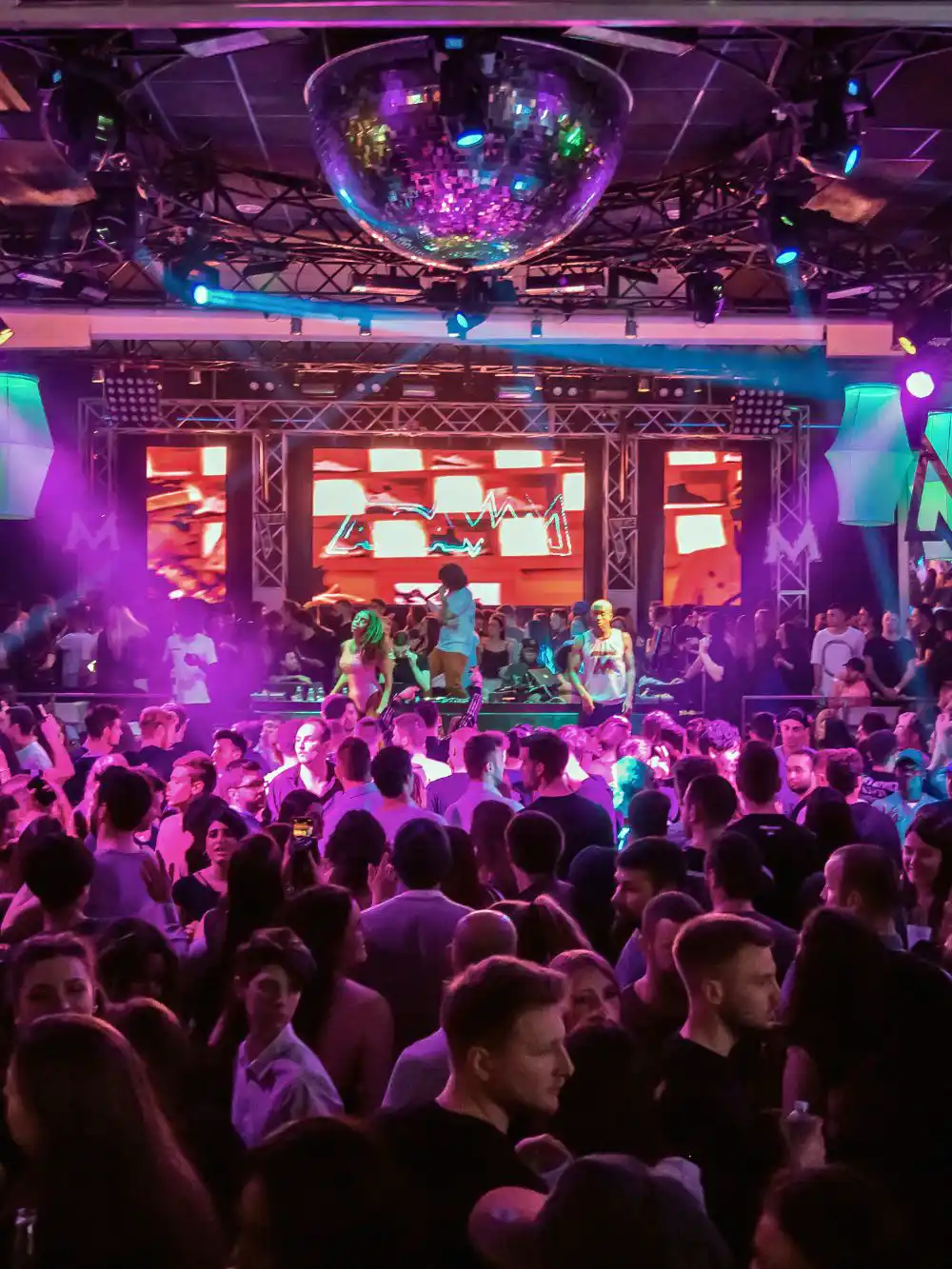
What is a binky actually called?
A binky or pacifier is a nipple-shaped rubber, plastic, or silicone device. Parents give babies and toddlers pacifiers to suck on in between feedings. Babies often need to suck for comfort and satisfaction. By fulfilling this sucking need, pacifiers calm crying babies and help them sleep.
A pacifier has three main parts. There is the nipple or teat, which infants suck on. This provides the sucking action needed to pacify the baby. Pacifiers also have a handle for parents to grasp when removing the pacifier from a baby’s mouth. The mouth shield surrounding the teat protects the pacifier from being swallowed or inhaled by the baby.
The term binky is commonly used in parts of the United States to refer to pacifiers. Parents may call pacifiers binkies a cute nickname. The exact origin of binky is hard to pinpoint. However, it likely comes from a brand name that became popular for pacifiers.
In different English-speaking regions, pacifiers go by other names. In the United Kingdom, people call pacifiers dummies. Canadians commonly say soothers.
In Ireland, pacifiers are known as dummies or dodies. In Spanish and Portuguese, pacifiers are called chupetes and chupetas respectively. All of these terms describe the same item: a nipple-shaped device babies suck on to self-soothe.
Other items are commonly worn as accessories at raves
Many ravers wear accessories to complement their outfits, express themselves, and enhance the visual and sensory experience of raves. Bright colors, whimsy, and self-expression are key themes. Common accessories include:
- Glow sticks – Provide ambient lighting and can be incorporated into raver dances, often in intriguing patterns and movements.
- Kandi bracelets – Beaded bracelets that have become symbolic of community and friendship within rave culture. They are often traded between ravers.
- Festival beads – Like Kandi bracelets, beaded necklaces represent rave culture and signify the wearer is part of the community. Often brightly colored.
- Poi – Balls on strings that are spun, twirled, and manipulated by ravers in mesmerizing performances and dances.
- Hula hoops – Allow for self-expression through movement, often to the beat of the music. Lit-up hoops glow in the dark environment.
- Flow toys – Manipulative toys like poi, sticks, and staffs incorporated into raver dances provide sensory input and an outlet for expression.
- Body jewelry – Expresses the alternative, counterculture aesthetic of raves through modifications like piercings, rings, and chains.
- Bandanas/masks – Add to the ambiance, protect identities from cameras, shield faces from smoke/lasers, and can be tie-dyed to match outfits.
- Sunglasses – Especially colorful or specialized lenses protect eyes from bright lights while enhancing raver style.
- Glitter – Applied to bodies to shine and sparkle under lights, heightening raver aesthetics.
- Hats – Particularly bright-colored or uniquely designed hats contribute to festival fashion.
- Waist packs – Practically hold essential items while keeping hands free for dancing.
- Jewelry – Like beaded necklaces and bracelets, it adds color and texture to complement rave outfits.
- Earplugs/earmuffs – Protect hearing from loud, bass-heavy electronic music that defines raves.
So, in summary, rave accessories besides pacifiers serve to represent rave culture, enable unique dances, provide stimulation, light up the environment, protect identities, add aesthetic touches, and meet practical needs – all while expressing individual style.
Why were pacifiers popular in the 90s?
Pacifiers became very fashionable accessories during the 1990s decade for various purposes.
Many teenagers and young people wore pacifiers as necklaces which broke the trend in the 90s. Pacifiers wore as ornaments were seen as a novel style statement. Teens, especially girls, wore pacifiers to emulate the latest trends. Pacifier necklaces symbolized being rave kids and club children at the time.
Some people wore pacifiers for ornamental use to exhibit an unconventional style. Wearing pacifiers as necklaces served no real purpose beyond aesthetic value. Pacifiers transformed into jewelry that complemented 90s outfits. Their novelty likely contributed to their fashionable nature.
Pacifiers also gained prominence as an accessory within rave culture during the 1990s. Rave goers frequently wore pacifiers to help manage the side effects of drug use.
By sucking on pacifiers, users could alleviate jaw clenching and teeth grinding from drug-induced stimulation. This practical reason and neon styling contributed to pacifiers’ status symbol value among ravers and clubbers.
Overall, pacifiers rose to popularity in the 90s due to multiple factors. As novel ornaments, pacifier necklaces became trendy accessories. Their association with rave culture and ability to manage drug effects also made pacifiers a familiar sight around this time.
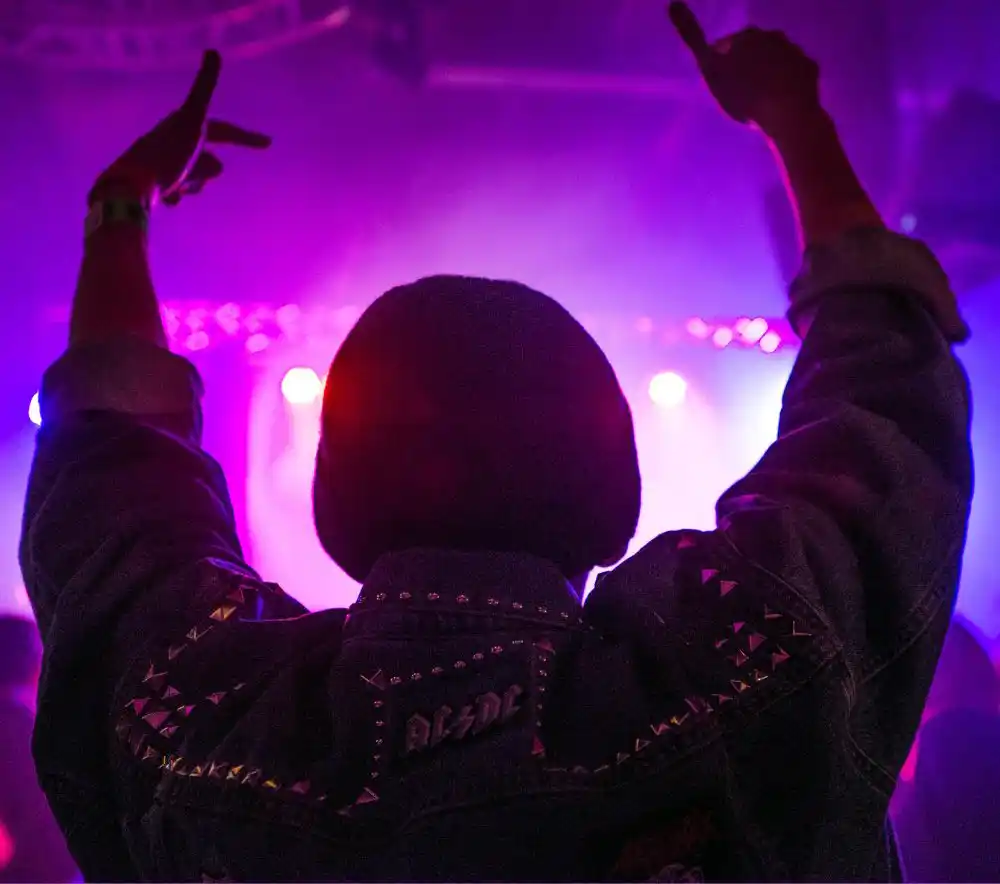
Summary
Wearing binkies has become popular among girls at rave parties and electronic music events. While initially used to manage the side effects of drugs commonly used at raves, binkies have taken on cultural and stylistic associations within the rave scene.
Girls wear binkies for practical reasons, such as reducing teeth grinding and stress on the jaw caused by drug effects, and for aesthetic purposes to match the playful vibe of raves. Binkies also provide sensory stimulation and serve as a symbol of escape from adult responsibilities.
Additionally, binkies offer practical benefits like hydration and protecting teeth, and they can be used as an outlet for drug-induced jaw urges while dancing. The popularity of wearing binkies at raves spread through cultural diffusion, and they have now become ingrained in rave culture.
Other accessories commonly worn at raves include glow sticks, Kandi bracelets, festival beads, and flow toys. In the 90s, pacifiers gained popularity as fashionable accessories for their aesthetic value and practical use in managing drug effects within rave culture.
FAQ
Why do people clench their teeth at raves?
People tend to clench their teeth at raves because of the use of recreational drugs such as ecstasy or MDMA. These drugs have been known to induce a side effect of teeth clenching or grinding.
Why are gloves not allowed at raves?
Gloves with LED lights, also known as “gloving,” have been banned at some raves due to their association with drug use, particularly ecstasy or MDMA.
What was the biggest illegal rave?
The biggest illegal rave occurred at Castlemorton Common, near Malvern in the UK, between May 22 and May 29, 1992. The week-long event, known as the Castlemorton Common Festival, was attended by over 20,000 people and is considered a pivotal moment in the history of rave culture in the UK.
What is an underground rave?
An underground rave is a type of dance party typically in unofficial, sometimes secret locations, such as warehouses, abandoned buildings, or private homes. These events are often not publicly marketed or promoted but circulated among a select group with similar interests.
Why do rave girls wear fishnets?
Fishnet tights can make one feel more confident and sexy.
